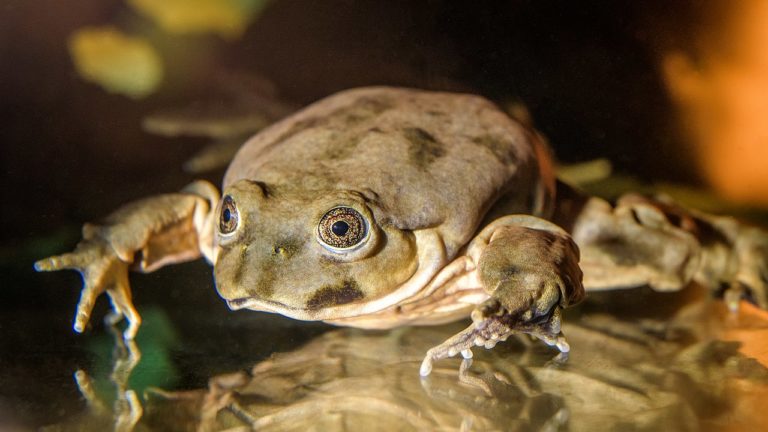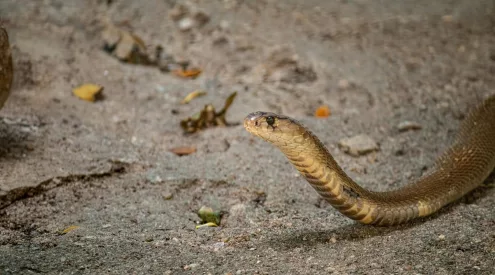The Giant Rana or ‘scrotum frog’ that occurs in Lake Titicaca on the border of Bolivia and Peru is facing a drastic decline in population numbers.
A team of experts in veterinary medicine, biology, and conservation from different countries including Bolivia, Peru, Ecuador and the United States will now band together on a project aimed to save the species from extinction, according to CNN.

This species is the largest entirely aquatic frog on earth.
‘In a coordinated effort, the governments of Bolivia and Peru, with the support of the United Nations Development Programme (PDP) and the financing of the Global Environment Facility (GEF), have formed a cross-border team for conservation and knowledge of the emblematic Giant Rana of Titicaca with the vision of the species having a long-term future,’ Bolivia’s Natural History Museum said on Facebook.
According to CNN, the exact number of these frogs left is difficult to determine. However the population fell by 80% from 1994 to 2004, according to the International Union for Conservation of Nature (IUCN). In 2016, the species was dealt another blow as over 10,000 individuals died suddenly and without clear cause. Investigations revealed that sewage runoff may have been a factor.
Other ongoing threats to the future of the species are poaching, as parts of the frog is used in traditional medicine, habitat destruction and some species of fish eating the frogs’ eggs.
Image credit: Wikimedia Commons














